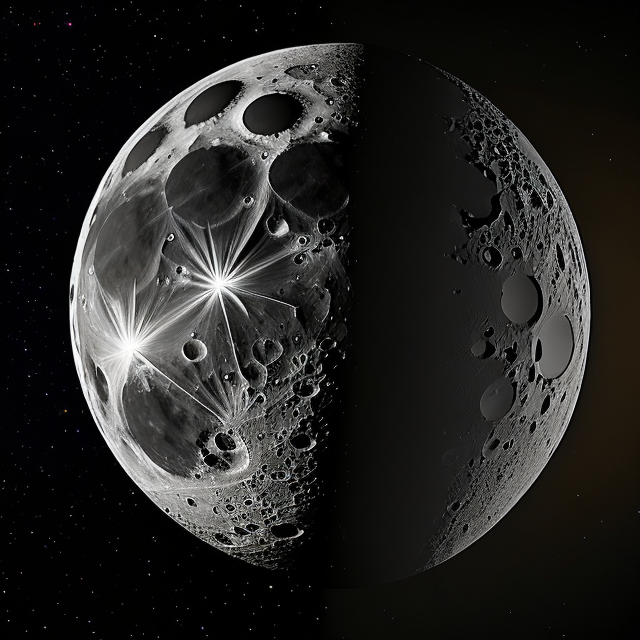|
|
Space Astro
|
Info for exoplanet "Ajener-izuru"
| Scientific (actual) data |
|---|
| Name | NGTS-17 b |
| Planet status | Confirmed |
| Planet mass | 0.764 |
| Radius | 1.24 |
| Orbital period | 3.24253 |
| Semi major axis | 0.0391 |
| Orbit eccentricity | 0 |
| Discovered | 2021 |
| Updated | 2021-03-19 |
| Tzero tr | 2458440 |
| Impact parameter | 0.688 |
| K | 93 |
| Temperature (kelvin) | 1457 |
| Publication | Published in a refereed paper |
| Detection type | Primary Transit |
| Mass measurement type | Radial Velocity |
| Radius measurement type | Primary Transit |
| Star name | NGTS-17 |
| Right ascension | 72.9° |
| Declination | -34.23° |
| Mag v | 14.3 |
| Star distance | 1047 |
| Star metallicity | 0.15 |
| Star mass | 1.025 |
| Star radius | 1.337 |
| Star sp type | G4V |
| Star age | 9.22 |
| Star temperature | 5650 |
| Wikipedia article | NGTS-17 b |
Back
| |
| Fictional info (?) |
|---|
| Suggested name | Ajener-izuru |
| Planet type | Hot gas giant |
| It is a hot gas giant planet with a mass one-thousandth that of NGTS-17, but two-and-a-half times that of all the other planets in its solar system combined. It is the coldest planetary atmosphere in its solar system, with a minimum temperature of 78°K (-195°C), and has a complex, layered cloud structure with krypton thought to make up the lowest clouds, and hydrogen peroxide the uppermost layer of clouds. |
| Atmosphere | Hydrogen peroxide | 63% |
| Krypton | 36% |
| Hydrogen deuteride (HD) | 0.08% |
| Atmospheric pressure | 1.4 bar |
 |
| Moon | Ovosohu Hepuzu | Small slightly egg-shaped rocky asteroid |
| Sokokok Icuk | Medium-sized potato shaped gaseous moon |
| Google search for Ajener-izuru |
|
Website by Joachim Michaelis
|
|
|
|